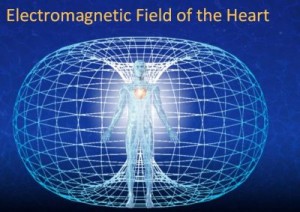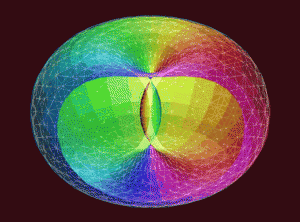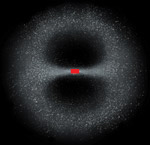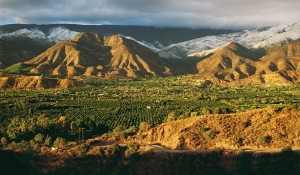Sthira sukham asanam, the somanaut’s basic mantra, appears in Patanjali’s Yoga Sutras in II-46 as his first of three sutras on asana or yoga posture. In Patanjali’s time, yoga pose referred to any posture used in sitting meditation. In modern times asana has come to mean any of hundreds if not thousands of possible configurations of the human body, some meditative, some gymnastic, many therapeutic.
But what if we go back to the origins of life and the emergence of multi-cellular beings? What would it feel like to inhabit the newly emerging forms appearing on a watery planet? No bones. No nerves. Just a self-organizing aliveness of fluid, tissue and intelligence that has been carried forward into our emerging moment in our own human cells and tissues. Sthira sukham asanam: embodied living requires a dynamic balance of stability and mobility throughout all cells and structures. The imprinting of sun, of ocean waves and swells, of rocks, shaping minerals and cells into undulating intelligence, surviving the pounding surf by anchoring to rocks and learning to go with the flow. Nature is shtira sukham and one of her oldest and most prolific expressions is seaweed. Can seaweed help us awaken this primal intelligence and bring it into moment to moment awareness?
Three groups of seaweeds are recognized, according to their pigments that absorb light of particular wavelengths and give them their characteristic colors of green, brown or red. (Red dulse and brown alaria to left.) Because they need light to survive, seaweeds are found only in the relatively shallow parts of the oceans, which means around the shores. Here they occur in a variety of shapes and sizes, from the large kelps (certain brown seaweeds) that form forests on temperate (cooler) coasts, to the hard “encrusting corallines” that look like pink icing, but are so important in building and cementing coral reefs in the tropics. Some seaweeds, especially many of the larger reds, are showy and attractive, while others may be small and inconspicuous, and grow in a low “turf” on the rocks.
This past weekend, the cosmos, speaking through my dear wife Kate, sent me (along with Kate and Sean) to hang with the “Seaweed Man”, Larch Hanson, his delightful partner Nina, five seaweed harvesting apprentices, and various visitors to seaweed heaven. (Here’s Larch with digitata, a kombu like plant.) Located in Steuben, Maine, north of Bar Harbor, ‘Maine Seaweed’ is action central for anyone wanting to awaken their own seaweed consciousness. If Larch is seaweed incarnate, I want more of what he has! Forty years of living in the sea, on the sea, with the sea, has imprinted into his cells the rhythms of the seasons, the oceans, tides and winds. He is an experienced carpenter, boat builder, structural integrator, poet, practicing Buddhist, and philosopher. He invites visitors and prospective apprentices in the summer to learn about awakening while feeling the depths of oceanic consciousness.
From Larch’s website: “Through seaweeds, the earth’s sea-blood strengthens our own sea-blood that we carry within us. Seaweeds are an excellent source of trace minerals in our diet. As our air and water become more acidified through pollution, minerals are leached and depleted from our land fields, and they wash down to the sea, where the wild seaweeds incorporate them. When we eat seaweeds, we take these minerals back into our bodies, and these minerals help us maintain an alkaline condition in our bloodstream, which is a healthy condition, resistant to fatigue and stress.
Seaweeds have admirable qualities: they are flexible, they are tenacious, they are prolific, and they are the oldest family of plants on earth. These plants link us to the primitive vitality of the sea. They strengthen our own primitive glandular system and nervous system.
An average family of seaweed eaters will consume a Family Pack within six months to a year. That’s 3 pounds dry weight = 30 pounds wet weight = one bushel of wet plants. This is a very concentrated food.
Don’t fear salt. Salt is necessary to life. If you are willing to sweat, you can move salt through you, and in the process, you will be actively creating your life and your dream from the universe-intelligent structures of the complex salts and trace elements that are available in seaweeds. Your body is an antenna, and your body can’t receive and comprehend the whole message from Universe unless it contains all the trace elements of the Universe. Quality counts more than quantity. If you eat the more complex salts of seaweeds, you will have less craving for simple junk food salt, and you will find yourself becoming more whole, satisfied and healthy.”
So, I offer to you, “Pass me the dulse!” (the red seaweed above the alaria in the upper photo). My inner ocean is ready to awaken.









